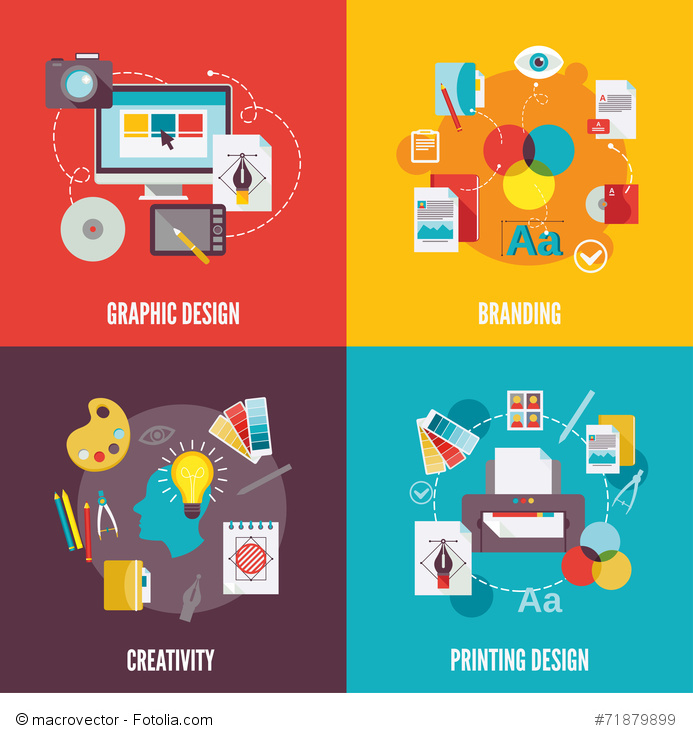20 Years of PDF/X – On the PDF/VT Standard
In addition to the more frequently mentioned PDF formats such as PDF/A, PDF/UA or PDF/X, the third part on PDF/X will deal with the PDF/VT format in more detail. This is obvious because PDF/VT was developed as a standard based on PDF/X-4.
This is about so-called “personalised printing”. VT (or sometimes VDP) stands for Variable Data Printing / Variable Document Printing. PDF/VT is an optimised exchange format for so-called transactional printing. PDF/VT is generally regarded as the special format for personalised mass printing.
What is PDF/VT used for?
PDF/VT is based on the PDF standards such as PDF/X-4 and PDF/X-5 and should additionally support transparencies, CMYK, spot colours and multi-channel colours. This was not the case with the predecessor standard (PPML/VDX format) which was still based on PDF 1.4.
The international standard PDF/VT addresses the requirements of modern variable data printing and brings the advantages of the PDF workflow into the world of personalised data printing. Personalised data printing and the possibilities for direct marketing have gone through an extreme evolution until today. Direct mail printing is a huge market and applications such as Variable Data Printing (VDP) have been able to greatly reduce the cost of this.
These insights and the great need for an end-to-end and standardised VDP solution led to the development of PDF/VT. The new ISO standard opened up new possibilities for digital printing.
What are the advantages of the VT Standard?
The advantage was that PDF/VT brought the convenience of the PDF workflow into the world of personalised data printing. This was also about offering complete job portability, page independence and device neutrality. PDF/VT/ISO 16612-2 enabled cost-effective and easy-to-implement VDP solutions. This has simplified the overall processing for companies, suppliers, graphic designers and printers. Especially in terms of job control and production quality, this really makes a difference.
Other advantages:
- External storage of metadata can increase data protection for sensitive print jobs
- VDP processes benefit from the familiar advantages of PDF, such as blind exchange, preview, preflight, transparency, device independence and calibrated colour reproduction.
- Marketing professionals, designers, prepress specialists and printers can easily and securely exchange, review and process VT documents.
Standard PDF/VT: 2010 published as ISO 16612:2010
PDF/VT documents contain the final content and associated metadata, but no variables or templates. The VT standard goes even further than the requirements of PDF/X. It has thus been adapted to personalised mass printing. I.e. it is possible above all:
- Fast rasterisation (rendering) of digital print files.
- Like PDF/X, PDF/VT offers colour management and support for ICC profiles.
- VT’s speciality is the personalisation of individually generated pages, i.e. different printed pages. The variable content comes from a database and is used to customise each document.
- PDF/VT can be used particularly well for business letters with variable name and address information and for personalised brochures with variable text and graphic elements.
- PDF/VT is the standard for transactional printing. This means that the corresponding documents (invoices, account statements, insurance policies) can be created for transactions such as sales, account movements or insurance policies.
More about the individual conformance levels: PDF/VT-1, PDF/VT-2 and PDF/VT-3:
Since 2017, there is also the PDF/VCR-1 standard
PDF/VT is often used for efficient processing of recurring content (text, graphics or images). PDF/VCR-1 is basically about variable content replacement (VCR). Examples are high-volume production of personalised printed matter such as credit cards, customer loyalty letters or individualised printed pharmaceutical product packaging. A PDF/VCR-1 document is based on PDF/X-4 or a newer part of ISO 15930, but PDF/X-6 and PDF 2.0 can also be used as a basis for PDF/VCR.
To avoid confusion: PDF/VT transports final content, whereas a PDF-VCR document is a kind of template with placeholders. Only with the RIP (Raster Image Processor) is variable data then inserted and finally the final document created.
More about PDF/X:
Part 1: https://www.webpdf.de/blog/en/twenty-years-of-pdf-x/
Part 2: https://www.webpdf.de/blog/en/20-years-of-pdf-x-from-pdf-x-1a-to-pdf-x-6/

